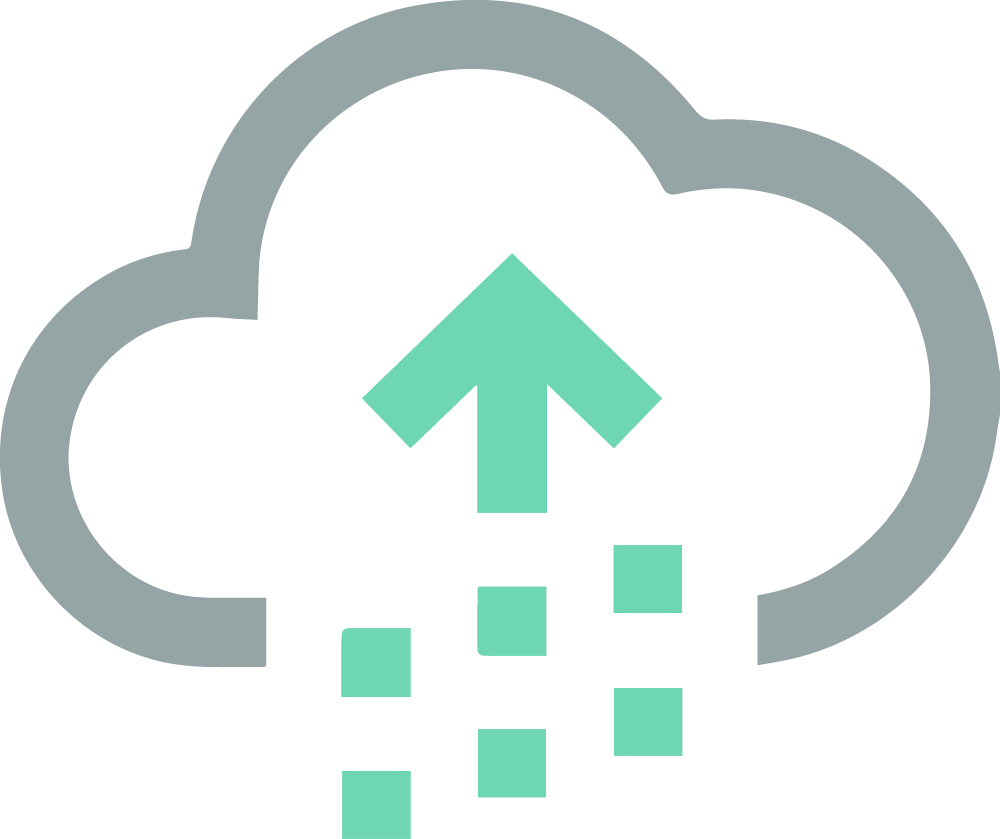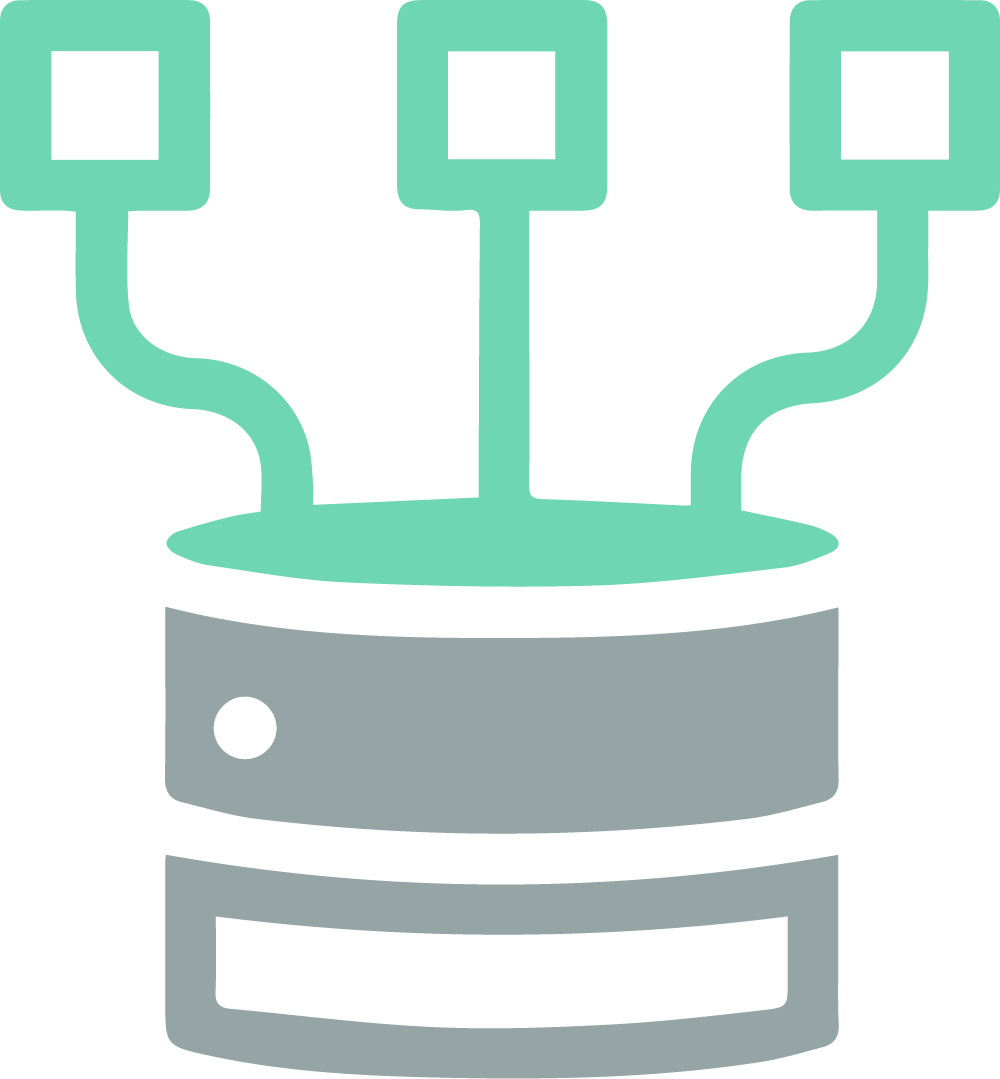Tag: snowflake
Data Migration
Written by ew_admin on . Posted in Data services. No Comments on Data Migration
Data Migration
Written by ew_admin on . Posted in Glossary. No Comments on Data Migration
The goal of data migration is to ensure that data is accurately and efficiently transferred, while minimizing downtime and minimizing the risk of data loss or corruption.
The process of data migration typically involves several stages, including:
- Planning and preparation: Identifying the scope of the migration, including what data needs to be transferred, the timeline for the migration, and any specific requirements or constraints.
- Data extraction: Retrieving data from the source system and preparing it for transfer to the target system.
- Data transformation: Transforming the data into a format that is compatible with the target system, such as converting data from one file format to another or mapping data fields to match the target system.
- Data loading: Transferring the data to the target system and ensuring that it is accurately stored and properly indexed.
- Data validation: Validating the data to ensure that it has been transferred accurately and completely.
- Data reconciliation: Reconciling the data in the source and target systems to ensure that all data has been transferred and that there are no discrepancies between the two systems.
Data migration is a complex process that requires careful planning and execution to ensure that data is accurately and securely transferred from one system to another. A successful data migration can help organizations to streamline their operations, reduce costs, and improve their ability to make data-driven decisions.
Software involved in the data migration process
There are a variety of software and tools that can be used for data migration, depending on the specific needs and requirements of an organization. Some of the most commonly used tools and software include:
- ETL (Extract, Transform, Load) tools: These tools are specifically designed to support data migration by extracting data from a source system, transforming it into a format that is compatible with the target system, and then loading it into the target system. Examples of ETL tools include Talend, Informatica, and Microsoft SQL Server Integration Services.
- Database management software: Database management software, such as Oracle Database and Microsoft SQL Server, can be used to manage the migration of data from one database to another.
- Cloud migration tools: For organizations moving data to the cloud, cloud migration tools, such as Amazon Web Services (AWS) Database Migration Service and Google Cloud Storage Transfer Service, can be used to automate the migration process.
- Data quality tools: These tools can be used to clean and validate data before migration, reducing the risk of data loss or corruption during the migration process. Examples of data quality tools include Talend Data Quality and Informatica Data Quality.
- File transfer tools: For organizations that need to migrate large amounts of data, file transfer tools, such as Secure File Transfer Protocol (SFTP) and Aspera, can be used to securely and efficiently transfer data from one system to another.
In addition to these tools, organizations may also use project management software, such as Microsoft Project or Trello, to manage the migration process and ensure that all tasks are completed on time and within budget. The specific tools and software used for data migration will depend on the complexity of the migration, the type of data being migrated, and the specific requirements of the organization.
Another now widely recognised tool, Snowflake, is a cloud-based data warehousing platform that can play a role in the data migration process. Specifically, Snowflake can be used as the target system for data migration, where data is transferred to and stored for analysis and reporting.
Snowflake provides several features that make it well-suited for data migration, including:
- Scalability: Snowflake is a fully-managed service that automatically scales to accommodate large amounts of data, making it easy to handle large-scale migrations.
- Flexibility: Snowflake supports a wide range of data sources and formats, making it easier to migrate data from a variety of systems and databases.
- Data sharing: Snowflake enables organizations to share data across different teams, departments, and locations, improving collaboration and reducing the need for data duplication.
- Security: Snowflake provides robust security features, such as encryption and access controls, to ensure that data is secure during the migration process and once it has been transferred to the target system.
In addition to these features, Snowflake also provides a number of tools and features that can help to streamline the data migration process, including the ability to load data in bulk, query data as soon as it is loaded, and automate data ingestion and transformation.
Overall, Snowflake can play an important role in the data migration process by providing a secure, scalable, and flexible platform for storing and analyzing data after it has been migrated from a source system.
Data Modelling & Architecture
Written by ew_admin on . Posted in Data services. No Comments on Data Modelling & Architecture
Data modelling and architecture
Written by ew_admin on . Posted in Glossary. No Comments on Data modelling and architecture
Data modelling involves identifying the data requirements of an organisation, creating a conceptual model of the data, and defining the relationships between the data elements. The model serves as a blueprint for how data will be stored, managed, and accessed within an organisation.
Data architecture defines the overall structure of the data, including the physical and logical components, as well as the policies and standards for data management. This includes defining the data storage systems, database schemas, and data access methods, as well as the relationships between data elements and how data will be integrated from different systems.
The goal of data modelling and architecture is to ensure that data is stored and managed in a way that supports the needs of the organisation, is efficient, and provides a high level of data quality. It also helps organizations to make informed decisions by providing a clear and accurate view of their data, which can lead to improved decision-making, increased efficiency, and enhanced customer experiences.
Data modelling and architecture is a critical aspect of data management, providing the foundation for effective data management and ensuring that data is stored and managed in a way that supports the goals and objectives of the organisation.
Traditional tools and software are used for data modelling
here are several tools and software commonly used for data modeling, including:
- ERwin: A data modeling tool that provides a visual representation of data structures, relationships, and data flow.
- Oracle SQL Developer Data Modeller: A data modeling tool that supports database design and modeling for Oracle databases.
- IBM InfoSphere Data Architect: A data modeling tool that supports data architecture, design, and modeling for a wide range of databases and data sources.
- Microsoft Visio: A diagramming and vector graphics tool that can be used for data modeling, as well as other types of diagrams.
- ER/Studio: A data modeling tool that supports data modeling, database design, and data architecture for a wide range of databases and data sources.
- CA ERwin Data Modeler: A data modeling tool that supports data modeling, database design, and data architecture for a wide range of databases and data sources.
- Sybase PowerDesigner: A data modeling tool that supports data modeling, database design, and data architecture for a wide range of databases and data sources.
- SAP PowerDesigner: A data modeling tool that supports data modeling, database design, and data architecture for SAP environments.
These tools can vary in terms of functionality and the types of databases and data sources they support, so it is important to choose a tool that is best suited to the specific needs of an organisation.
When working with data in a cloud environment, the tools are different from older technologies:
- Amazon Web Services (AWS) Glue: A cloud-based data integration service that supports data modeling and ETL (extract, transform, load) operations.
- Google BigQuery: A cloud-based data warehousing service that supports data modeling and query operations.
- Microsoft Azure Data Factory: A cloud-based data integration service that supports data modeling and ETL operations.
- Snowflake: A cloud-based data warehousing service that supports data modeling, data warehousing, and data analytics.
- Alteryx Connect: A cloud-based data modeling and data integration platform that supports data modeling, ETL operations, and data collaboration.
These tools are designed to work in a cloud environment and are optimized for the unique challenges and requirements of cloud data management. They provide a scalable, flexible, and cost-effective solution for data modeling and data integration, making them well-suited for organizations looking to take advantage of the benefits of the cloud.
When working with data in a cloud environment, it is important to choose a tool that is best suited to the specific needs of an organisation and the type of data being managed. The above tools are commonly used for data modeling in a cloud environment, and offer a range of features and capabilities to support effective data management and analysis.
There are several reasons why businesses choose to perform data modelling and architecture in the cloud, including:
- Scalability: Cloud-based data modeling and architecture solutions are designed to be highly scalable, allowing organizations to quickly and easily scale their data management infrastructure as their needs change.
- Cost-effectiveness: Cloud-based data modeling and architecture solutions are typically more cost-effective than traditional on-premise solutions, as they eliminate the need for expensive hardware and infrastructure, and can be priced on a pay-as-you-go basis.
- Flexibility: Cloud-based data modeling and architecture solutions provide a high level of flexibility, allowing organizations to quickly and easily adapt to changing business requirements.
- Collaboration: Cloud-based data modeling and architecture solutions often include collaboration features, allowing teams to work together more effectively, regardless of location.
- Accessibility: Cloud-based data modeling and architecture solutions provide easy and secure access to data from anywhere, at any time, making it easier for organizations to make informed decisions and respond to changing business needs.
- Data Security: Many cloud-based data modelling and architecture solutions offer robust data security features, including encryption, secure data storage, and access controls, which can help businesses to protect their sensitive data.
In summary, cloud-based data modeling and architecture provides a flexible, cost-effective, and scalable solution for data management, and allows organizations to take advantage of the many benefits of the cloud, including scalability, cost-effectiveness, flexibility, collaboration, accessibility, and data security.

